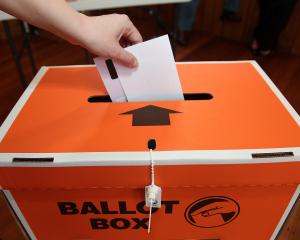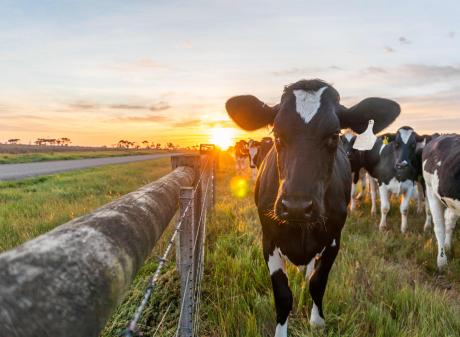
The most alarming part of the Government’s response wasn’t actually the proposed changes, it was the modelling which showed the red meat sector being decapitated to the tune of a 20% reduction. Its hard to conceive that this, or any, Government could countenance a decimation of such a scale to New Zealand’s second biggest export earner.
This is not a suggestion that agriculture does not need to do its part reducing emissions, but we do need it to be fair and proportional.
The downstream effects on all rural areas — and especially towns with meat processing plants, like Balclutha — are likely to be substantial.
This is not to say dairy is not affected significantly either, however, the cavalry for them in the form of biotech tools is more eminent and higher profitability provides a buffer.
The changes to the original proposal on price setting was rather predictably taken away from industry influence. The Government was never going to let industry set its own levy rate in much the same reason that unions don’t set the minimum wage. Now that role falls to a minister. The lack of a market mechanism, as exists in the emissions trading scheme (ETS), to set the price is a key design flaw.
The more substantive change is the restriction of sequestration. Farmers rightly argue if you are going to be charged for your emissions you should get credit for all your sequestration. For some farmers this would be significant, for most it would be around the margins given any ETS eligible areas are far better off registered in that scheme. I can’t see allowing a few shelterbelts back in can really move the needle that much, it’s more the point of principle.
This leads us to the core of the problem for the sheep, beef and deer sector, the ETS. The sector is likely to meet the Government’s emissions target by default because the hill country farmers are heavily incentivised to soak up other industries' emissions through afforestation. An annual charge on emissions only exacerbates the relative profitability, hence the 20% reduction. The straw breaking the camels back.
From a Feds perspective, the model needs to be reworked. Yes, emissions must reduce, but we have to be way smarter as a country as to how we go about it.














